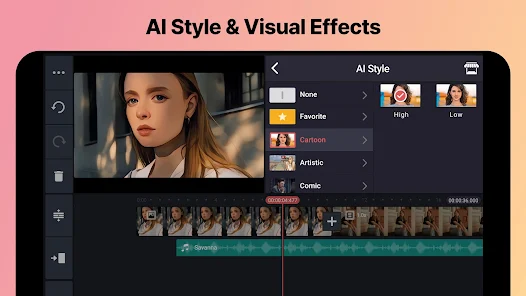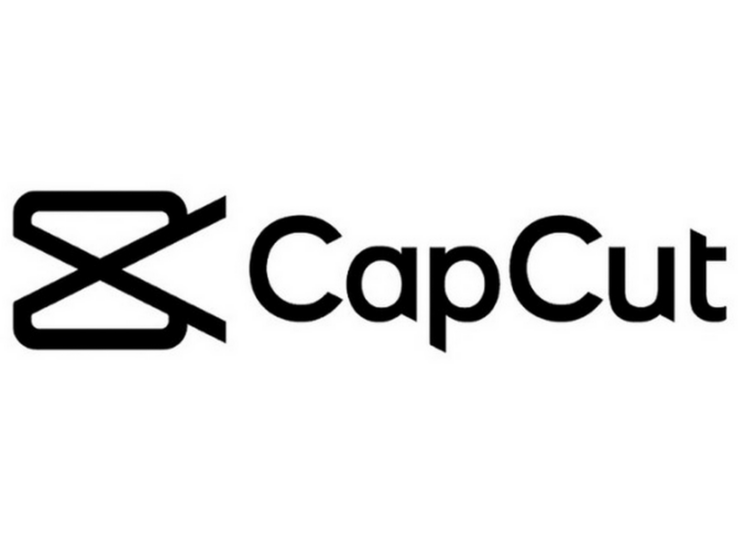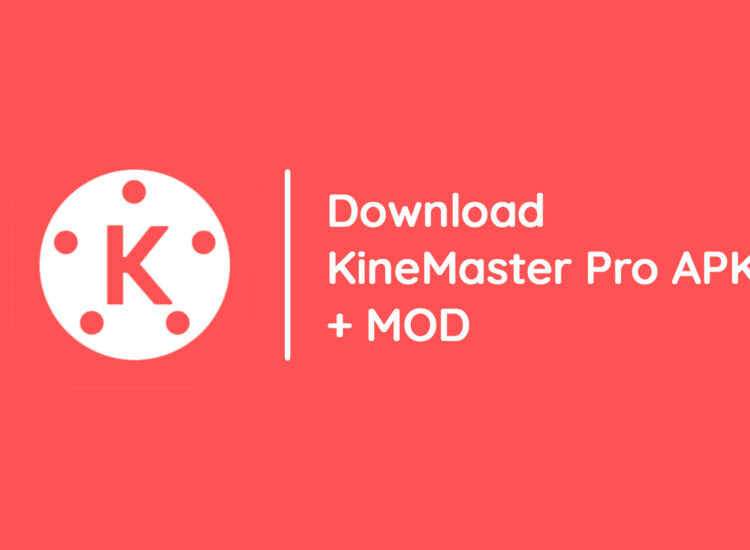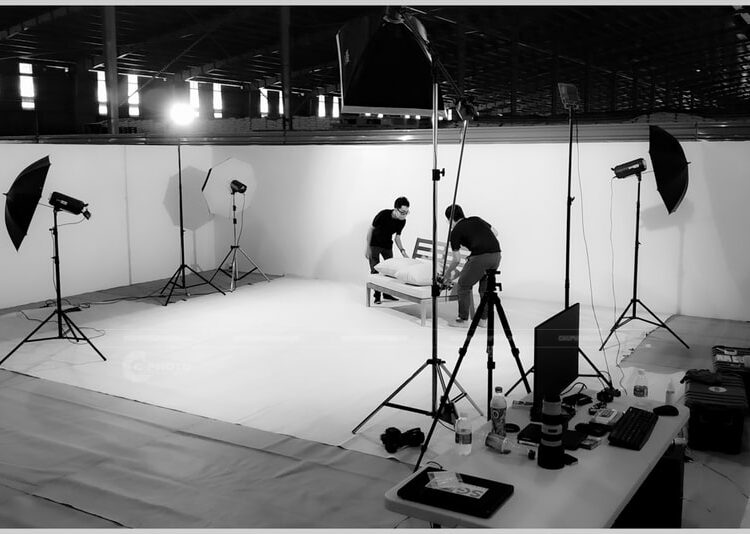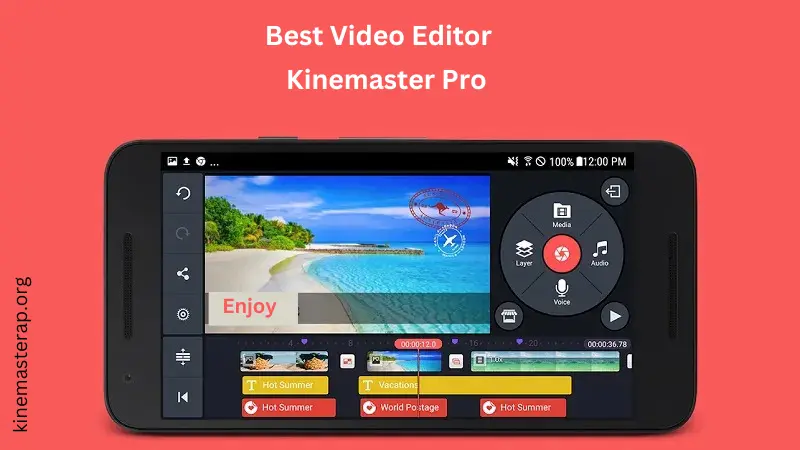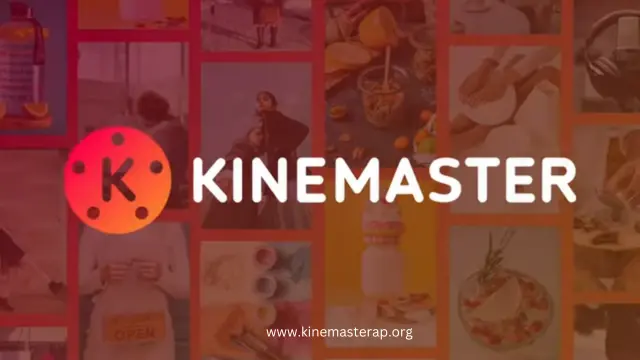KineMaster: Unlocking Professional Video Editing on Your Mobile Device
While “kinemasterap” might have a slight typo, I understand you’re eager to learn about achieving professional-level video editing with KineMaster. This powerful mobile app has become a favorite among content creators, offering a surprisingly robust set of features that rival some desktop editing software. This essay will delve into the techniques and strategies for using KineMaster to create high-quality videos that engage and captivate your audience.
1. Mastering the Fundamentals
Before diving into advanced techniques, it’s crucial to grasp the fundamentals of KineMaster:
-
Project Setup and Interface: Familiarize yourself with the app’s interface, including the timeline, media browser, and editing tools. Understand how to create new projects, import media, and navigate the various menus and settings.
-
Timeline Editing: The timeline is where the magic happens. Learn how to arrange clips, trim their duration, split them into segments, and reorder them to structure your narrative effectively.
-
Basic Tools: Master the essential editing tools:
- Trim/Split: Precisely cut and divide clips to remove unwanted footage or isolate specific moments.
- Speed Control: Adjust the playback speed of clips to create slow-motion or fast-motion effects.
- Volume Control: Fine-tune audio levels to ensure a balanced and engaging soundscape.
- Transitions: Smoothly connect clips with a variety of transition effects, enhancing the flow of your video.
2. Elevating Your Visuals
KineMaster offers a range of tools to enhance the visual appeal of your videos:
-
Color Correction and Grading:
- Color Filters: Explore the built-in color filters to apply pre-set color grading styles or create your own custom looks.
- Manual Adjustments: Fine-tune colors by adjusting brightness, contrast, saturation, and sharpness.
- Color Curves: Use color curves to achieve more nuanced and precise color adjustments.
-
Visual Effects:
- Built-in Effects: Experiment with KineMaster’s library of visual effects, including blurs, distortions, and color effects.
- External Plugins: Expand your creative possibilities by installing external plugins that offer additional effects and filters.
-
Chroma Key (Green Screen):
- Background Removal: Utilize the chroma key tool to remove a green or blue background from your footage.
- Compositing: Replace the removed background with another image or video, creating seamless composites.
-
Blending Modes:
Related articles 01:
2. https://kinemasterap.org/old-versions-kinemaster-mod-apk
3. https://kinemasterap.org/3-of-the-easiest-video-editing-apps-including-kinemaster
4. https://kinemasterap.org/mastering-creativity-the-kinemaster-5-experience
5. https://kinemasterap.org/kinemaster-2025-unveiling-the-future-of-mobile-video-editing
- Layer Combinations: Explore blending modes like “Multiply,” “Screen,” and “Overlay” to combine layers in creative ways.
- Visual Impact: Use blending modes to create unique visual effects, add depth to your videos, and enhance the overall aesthetic.
3. Crafting a Compelling Soundscape

Audio plays a crucial role in creating immersive and engaging videos:
-
Background Music:
- Mood and Atmosphere: Choose music that complements the tone and mood of your video.
- Royalty-Free Music: Utilize KineMaster’s asset store or other sources to find royalty-free music tracks.
-
Sound Effects:
- Enhancing Realism: Add sound effects to create a more immersive and realistic experience.
- Sound Design: Use sound effects creatively to emphasize actions, build tension, or evoke emotions.
-
Voiceovers:
- Narration and Commentary: Record clear and engaging voiceovers to guide your viewers or provide context.
- Audio Editing: Use tools like equalization and noise reduction to enhance the quality of your voiceovers.
-
Audio Mixing:
- Balancing Levels: Adjust the volume of individual audio tracks to ensure a balanced mix.
- Keyframe Animation: Use keyframe animation to create dynamic changes in audio levels over time.
4. Adding Text and Graphics
Text and graphics can enhance your video’s storytelling and visual appeal:
-
Text Overlays:
- Titles and Captions: Add titles, captions, and lower thirds to provide information and context.
- Typography: Choose fonts that are legible and visually appealing.
- Animation: Animate your text to make it appear and disappear in creative ways.
-
Graphics and Stickers:
- Visual Interest: Use graphics, stickers, and emojis to add visual interest and personality to your videos.
- Branding: Incorporate your logo or branding elements to create a consistent visual identity.
-
Handwriting:
- Annotations and Drawings: Use the handwriting tool to add annotations, drawings, or diagrams to your videos.
- Personal Touch: Handwritten elements can add a personal touch and create a unique visual style.
5. Advanced Techniques
Related articles 02:
1. https://kinemasterap.org/3-of-the-easiest-video-editing-apps-including-kinemaster
2. https://kinemasterap.org/kinemaster-unleashing-your-inner-filmmaker-on-mobile
3. https://kinemasterap.org/753-2
4. https://kinemasterap.org/mastering-creativity-the-kinemaster-5-experience
5. https://kinemasterap.org/elevate-your-content-with-the-kinemaster-app
Take your video editing to the next level with these advanced techniques:
-
Keyframe Animation:
- Dynamic Effects: Use keyframe animation to create smooth and precise changes in video and audio effects over time.
- Motion Graphics: Create simple motion graphics by animating text, graphics, and video layers.
-
Layer Masking:
- Selective Effects: Use layer masks to apply effects to specific portions of a video layer.
- Creative Transitions: Create unique transitions by combining layer masks with animation.
-
Video Layering and Compositing:
- Depth and Dimension: Layer multiple video tracks to create depth and dimension in your videos.
- Special Effects: Combine video layers with blending modes and visual effects to achieve captivating results.
6. Optimizing for Different Platforms

Tailor your videos for specific platforms to maximize their impact:
- Aspect Ratios: Choose the appropriate aspect ratio for each platform (16:9 for YouTube, 9:16 for TikTok and Instagram Stories).
- Video Resolution: Export your videos in the optimal resolution for each platform to ensure high-quality playback.
- File Formats: Select the appropriate file format for each platform (MP4 for most platforms, MOV for Apple devices).
7. Refining Your Workflow
- Project Organization: Organize your media files and projects to streamline your workflow.
- Backup Regularly: Save your projects frequently and back up your media files to prevent data loss.
- Experiment and Iterate: Don’t be afraid to experiment with different techniques and iterate on your edits to achieve the best results.
Conclusion
KineMaster empowers you to create professional-quality videos on your mobile device. By mastering its features and techniques, you can unlock your creative potential and produce engaging content that captivates your audience. Embrace the power of mobile video editing and share your stories with the world!
